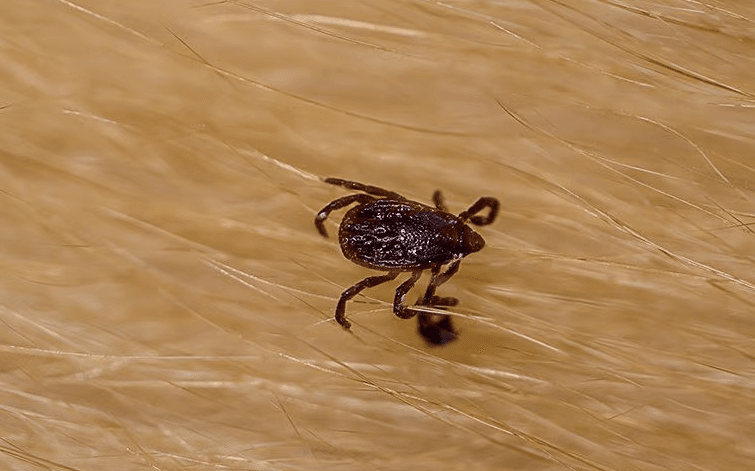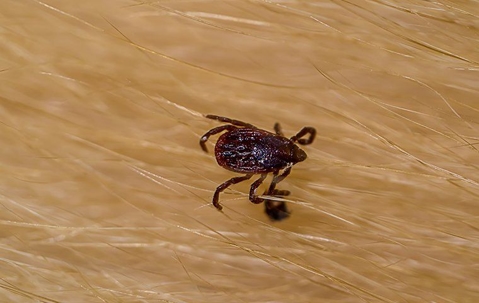Tick Talk: Effective Prevention And Control Strategies For Your Suffolk County Property

Ticks are blood-feeding arachnids that can be tough to get rid of. These biting bugs hide in long grass and overgrown vegetation, waiting for someone to bite. If they’re living in your yard, you need professional services to get rid of them.
A&M Quality Pest Control provides tick control in Suffolk County that will keep your family safe from bites.
The Life Cycle Of Ticks: A Comprehensive Overview
Ticks go through the same life cycle as many other arachnids: egg, larva, nymph, adult. Ticks lay eggs in the spring, usually outside in areas with many potential hosts. Brown dog ticks can lay their eggs indoors. Once the eggs hatch in the summer, the larvae find their first hosts, usually smaller animals. By the following spring, the larvae have grown into nymphs and are ready to find larger hosts (including humans). Ticks grow into adults by fall.
Ticks feed on blood at every stage of growth. Although they aren’t born with diseases, they can begin to pick up pathogens once they start feeding on animals. Being bitten by a tick in Suffolk County at any point in their development—nymph, larva, or adult—puts you at risk of disease.
Tick-Borne Diseases: The Silent Threat Of Tick Bites
Three types of ticks bite humans in Suffolk County: deer ticks, American dog ticks, and brown dog ticks. Each species is capable of transmitting diseases to humans and animals. Some of these include tularemia, Rocky Mountain spotted fever, Lyme disease, and ehrlichiosis. Brown dog ticks are able to transmit canine ehrlichiosis and canine Babesia to dogs.
Many tick-borne illnesses have similar symptoms; symptoms can take a few weeks to develop. If you’ve been bitten by a tick in the last month and develop flu-like symptoms or a rash—especially the bulls-eye rash characteristic of Lyme disease—you should see a doctor immediately. Most diseases caused by ticks are uncommon but seek medical attention if anything seems wrong after a bite.
Tick Prevention: Remedy Factors That Attract Ticks To Your Property
The most important thing you can do to prevent ticks is to eliminate hiding places around your yard. Ticks often lurk in tall grass and overgrown plants, waiting for a host to come by. Follow these tips to make your yard less attractive to ticks and minimize your chances of exposure:
Keep your lawn cut short.
Clear out overgrown plants and yard debris.
Build fences to keep wild animals off your property.
Speak to a vet about a year-round tick medication for your pets.
Keep your pets on a leash when they’re outside, and don’t let them explore unattended.
Keeping your yard clear of long grass, overgrowth, and yard debris is a good way to prevent ticks. You should also do what you can to keep wildlife off your property, since animals can bring ticks to your yard. If you have pets, talk to your veterinarian about the proper tick prevention medication for them. Always put your pet on a leash when you take them outside and keep an eye on them. Dogs will sometimes dig through overgrowth and pick up ticks.
Managing ticks around your home can be difficult. It’s best to call a professional pest control company for removal and treatment.
Expert Tick Control Services: Keeping Your Property Tick-Free
If you’re worried about ticks near your Suffolk County home, call A&M Quality Pest Control.
We’re a family-owned and operated company specializing in preventative pest control. When you call us, we’ll send a trained technician to your home as quickly as possible. Be prepared for fast and effective treatment since that’s our routine. We exclusively use the most up-to-date methods for tick lawn treatments and prevention.
If you need home pest control in Suffolk County, call A&M Quality Pest Control today. Quality’s in our name, and we earn it every time.

